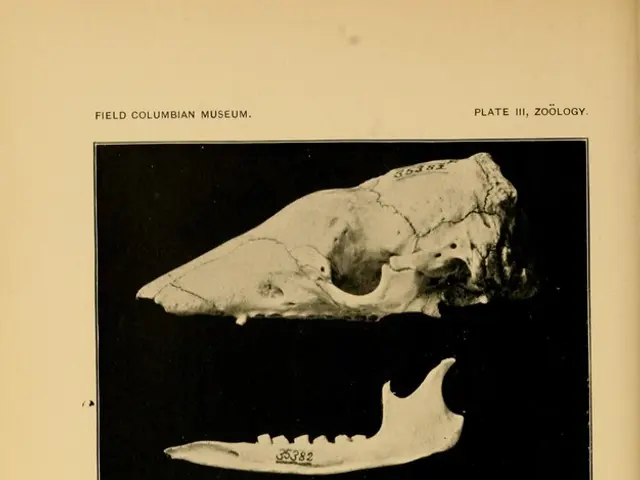Experiment Subjects: Control Group Definition
Control groups are a crucial component in scientific experiments, providing a benchmark for comparison that enhances the validity and reliability of study findings. By separating a group of subjects from the rest of an experiment and ensuring they are not affected by the variable being tested, researchers can attribute differences in outcomes specifically to the intervention rather than to other variables.
In Randomized Controlled Trials (RCTs), participants are randomly assigned to treatment or control groups to control for confounding factors that could bias results. This randomization eliminates selection bias, facilitates blinding (masking), and allows statistical methods to determine the likelihood that observed differences are due to chance. These features make control groups essential for establishing clinical comparability between groups and for supporting causal inferences in medical research.
Control groups serve to isolate the independent variable's effect by holding constant other variables (control variables) that might affect the dependent variable. This control helps eliminate alternative explanations for observed outcomes, strengthens experiment reproducibility, and improves the ethical rigor of research.
Control groups are not limited to experimental design; they can also be used in non-experimental research, including quasi-experimental and matching design studies. For instance, in a quasi-experimental design, participants are not randomly assigned to treatment or control groups. An example could be comparing students taught with a new teaching method to those taught with a traditional method. In such cases, the control group would not receive the new method, and any changes in the students' performance would not be caused by the variable being tested (the new teaching method).
In a study on insomnia medication, the control group would receive a placebo. Any changes to their sleeping pattern would not be caused by the variable being tested (the medication). This helps rule out alternative explanations for results in experiments.
Matching design research, on the other hand, looks at the relationship and influences between variables but does not seek to control or manipulate them. In matching design research, participants are matched on relevant variables such as age, gender, race, or diet to ensure that the control and treatment groups are as similar as possible.
In summary, control groups are essential because they:
- Provide a baseline for comparison, enhancing validity and allowing attribution of effects to the intervention rather than confounders.
- Reduce bias through randomization and allocation concealment, especially in clinical trials.
- Enable isolation of the independent variable's impact by controlling extraneous factors.
- Increase the reliability and generalizability of scientific findings.
- Control groups help ensure research has internal validity and that observed results are caused by the variable being tested and that variable only.
- Creating a control group that is identical to the treatment group in every way apart from the variable being tested can result in high levels of research validity.
- Control groups are crucial in experimental design, which tests a hypothesis through a set of procedures.
- Control groups can be used in both experiments and non-experimental research, including quasi-experimental and matching design studies.
- Control groups help isolate the variable being tested in experiments with multiple variables influencing the result.
- Control groups can be used in non-experimental research, particularly in quasi-experimental or matching design studies.
In conclusion, control groups play a pivotal role in scientific research, ensuring that findings are reliable, valid, and free from bias. They provide a standard of comparison, control for confounding variables, and help researchers draw strong causal inferences about the efficacy of interventions.
- Scientific research utilizes control groups to establish clinical comparability between groups, essential for supporting causal inferences in medical research.
- In Data-driven approaches, such as Randomized Controlled Trials (RCTs), control groups are deployed to control for confounding factors that could bias results.
- For instance, in 'medical-conditions' research, the control group would receive a 'placebo', helping to rule out alternative explanations for results in experiments.
- Furthermore, control groups can be employed in 'non-experimental research', as exemplified in quasi-experimental and matching design studies, which can provide insights into the relationships and influences between variables without seeking control or manipulation.




